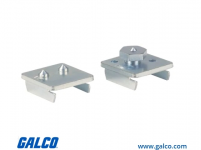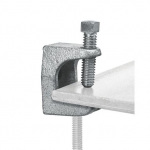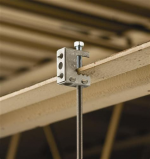Looking for some ideas and best practices for routing conduits along the side of a W36 beam.
I’ve got an application where I need to route (3) 4”, (1) 5”, and (2) 2” conduits along the side of a 36” steel beam. Because of application and interferences on top and bottom of beam I’m forced to route all conduits along side of beam.
Conduits are not permitted to be bundled or stacked so I don’t think ill have enough room to have a single row of conduits mounted to side of beam using unistrut and conduit clamps.
Looking for other ideas how to route conduit. One idea that comes to mind is putting unistrut along bottom of beam using beam clamps to build conduit rack off side of beam mounting all 6 conduits in a single row along side of beam.
I’m not sure how much room I’ll have to extend conduit rack along side of beam so looking for other ideas where I can possibly build a vertical pipe rack extending out from beam allowing me to mount conduits on each side of vertical rack. Not sure how a vertical rack would be supported off side of beam.
Thanks for any ideas.
I’ve got an application where I need to route (3) 4”, (1) 5”, and (2) 2” conduits along the side of a 36” steel beam. Because of application and interferences on top and bottom of beam I’m forced to route all conduits along side of beam.
Conduits are not permitted to be bundled or stacked so I don’t think ill have enough room to have a single row of conduits mounted to side of beam using unistrut and conduit clamps.
Looking for other ideas how to route conduit. One idea that comes to mind is putting unistrut along bottom of beam using beam clamps to build conduit rack off side of beam mounting all 6 conduits in a single row along side of beam.
I’m not sure how much room I’ll have to extend conduit rack along side of beam so looking for other ideas where I can possibly build a vertical pipe rack extending out from beam allowing me to mount conduits on each side of vertical rack. Not sure how a vertical rack would be supported off side of beam.
Thanks for any ideas.





